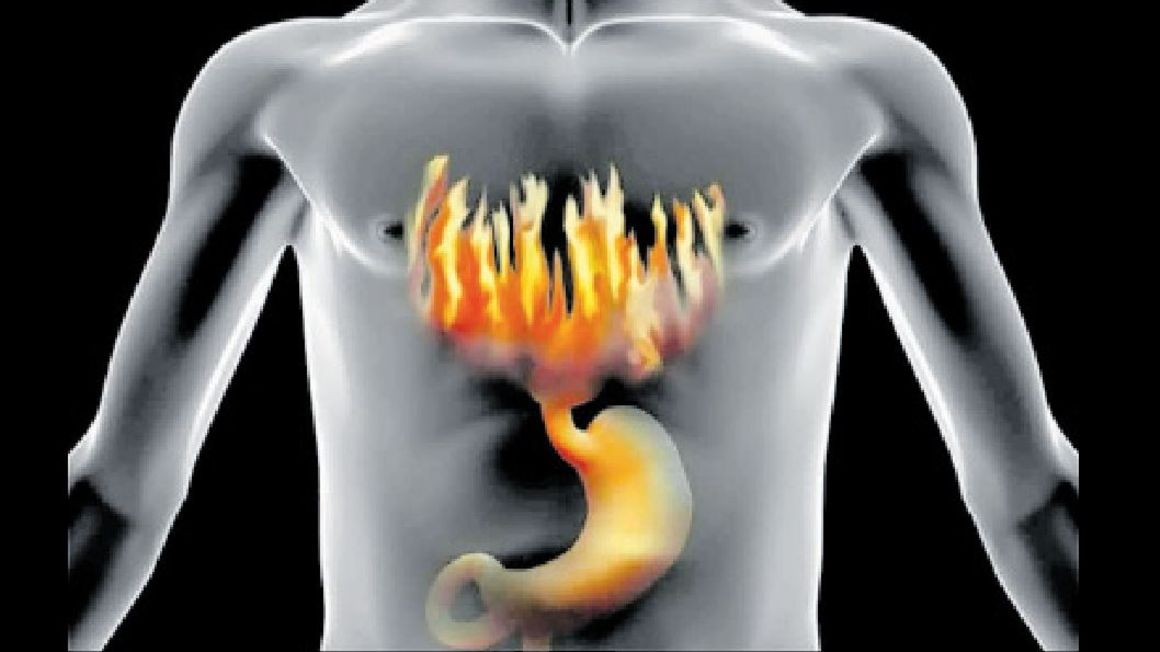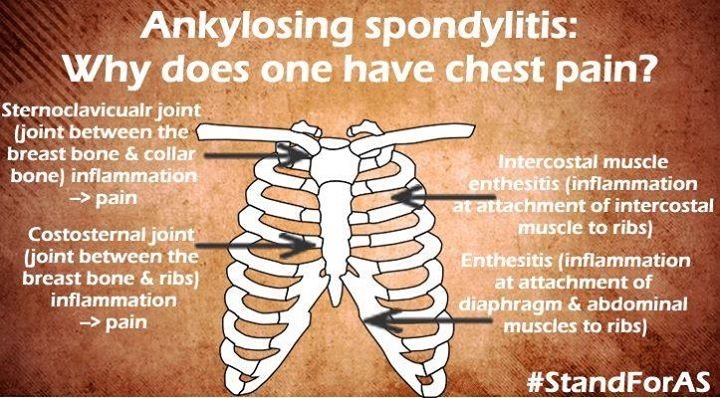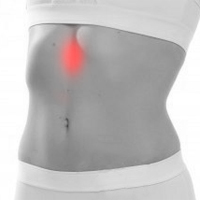

This syndrome is usually short-lived and resolves on its own. But this kind of pain responds well to painkillers. You may also feel an increase in pain when breathing deeply.

The chest pain associated with this is generally unaffected by effort and changes with position. This happens as a result of an inflammatory reaction where the ribs join the breastbone and often develops after viral diseases.Īccording to Keskin's observation in COVID-19 wards in Turkey, for 46% of the patients who apply to the emergency room (ER) with chest pain, the cause of pain is musculoskeletal diseases and one of the most common causes is Tietze syndrome. Tietze SyndromeĪnother cause of chest pain after COVID-19 is Tietze Syndrome, also known as costochondritis. Applying heat, taking painkillers or muscle relaxants usually resolve the problem. Keskin says such muscle problems usually resolve spontaneously and the chest pain should disappear in two to three weeks. In COVID-19, since spasms and inflammatory reactions are more common in chest muscles, chest pain is felt more often by patients. If you have ever had the flu (influenza), you will likely have experienced muscle and joint pain. Although it may make the patient think there is something wrong with the heart, for the majority of cases it is purely muscle ache.īut this is not specific to COVID-19. Such aches happen because lactate accumulates in muscle tissue while the body fights off the virus, directly causing inflammation of the muscle tissue. Or in other words muscle pain, this is one of the most common side effects of virus-borne diseases. On that note, here are the seven potential long-term side effects to the heart post-COVID-19. "We continue to see these effects for as long as three months but we see them more often in people with chronic disease such as hypertension, obesity, sleeping and psychological disorders," says Keskin. The damage continues even when the virus has left."
#PAIN IN CENTRE OF CHEST BETWEEN BREASTS FREE#
You may be free of the disease but the aftermath is hard on the body.

It also takes time for the inflammation in the lungs and other parts of the body to wane, and disappear. "(COVID-19) can cause widespread damage to the body. Until then, health care personnel and patients will have to deal with the damage left behind by COVID-19. "If we want a semblance of normalcy restored, we need to reach (a vaccination rate of) 70% or above," he adds. Keskin stresses that vaccinating at least 50% of the population is crucial to prevent more people from experiencing complications and inundating hospitals with news waves of patients. But this is not the time to be complacent." There has been great relief in ICUs, there are more beds for patients. " The number of cases has drastically dropped over the last 3 weeks due to the lockdown. But the latest measures have partly been promising. Heart attacks and hypertension can often go unnoticed, leading to fatalities where early intervention or timely monitoring could have saved lives. A lot of my patients (who have survived COVID-19) cannot find appointments in branches such as cardiology or pulmonary medicine, which are the ones most needed post disease." "Right now, most doctors are working in COVID-19 wards and designated COVID-19 emergency hospitals. either, with the National Health Service (NHS) reporting a backlog of 4.7 million people for non-COVID-19 care. The situation is no different in the U.K. However, with the number of cases still not below the desired levels and the mass vaccination campaign faltering over the total lockdown in Turkey, Keskin says specialist surgeries and policlinics will continue to have very limited operating capacity. For that, Istanbul-based associate professor and board-certified cardiologist Muhammed Keskin says check-ups after overcoming the disease should not be skipped. A review in the Journal of the American College of Cardiology found that at least 25% of hospitalized coronavirus patients experienced heart complications.Īlthough people with pre-existing heart and circulatory diseases are known to have a higher risk of developing complications due to COVID-19, otherwise healthy people can also suffer from such long-term effects.

COVID-19 can cause a host of heart-related problems, including rhythm disturbances in the form of fast or irregular beating, heart palpitations and inflammation of the muscle and its surrounding lining. This damage can disrupt our body's supply of blood, leading to blood clots that can trigger heart attacks and reduce blood and oxygen flow to tissues. These are thought to be linked to the coronavirus damaging endothelial cells that line all the blood vessels in our body during its fight against our immune system.


 0 kommentar(er)
0 kommentar(er)
